A Brief History of the Roland TR-808
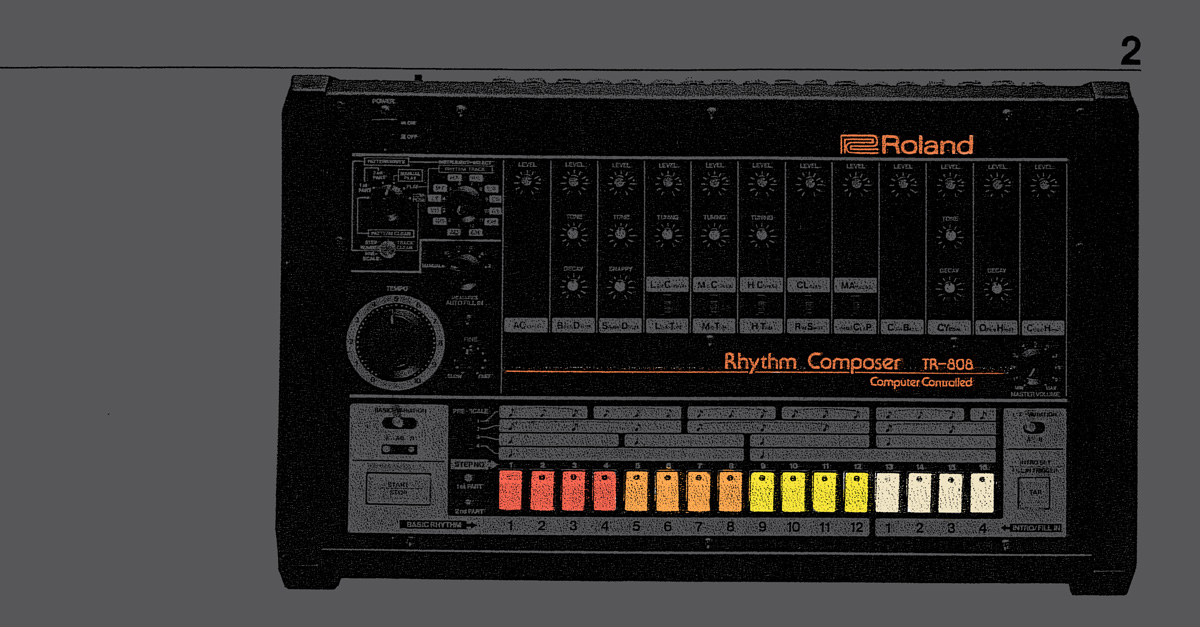
To celebrate the launch of Roland’s first ever Software TR-808, we revisit a few key moments in the legendary drum machine’s rich history… so far.
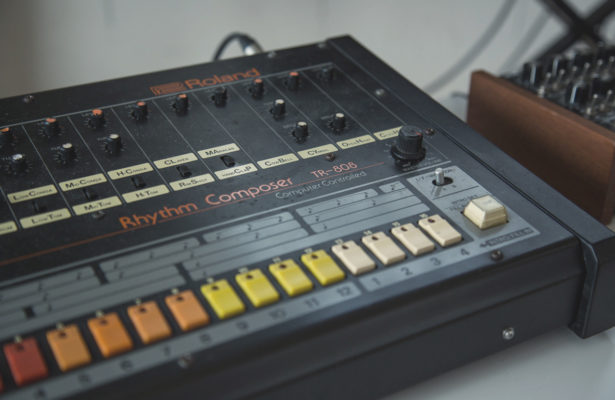
There are so many reasons to love the Roland TR-808.
Producers, musicians and DJs know how much the Roland TR-808 Rhythm Composer has influenced music’s past, present and future. The quirky machine and its distinct sounds—from kick to cowbell—have changed music across genres and styles.
But why? How has a simple studio companion released in 1980 become the backbeat to countless anthems? On the heels of Roland releasing the first ever Software TR-808 via Roland Cloud, we explore some of the sounds, history, and idiosyncrasies that make the storied machine an audio icon.
Programming History
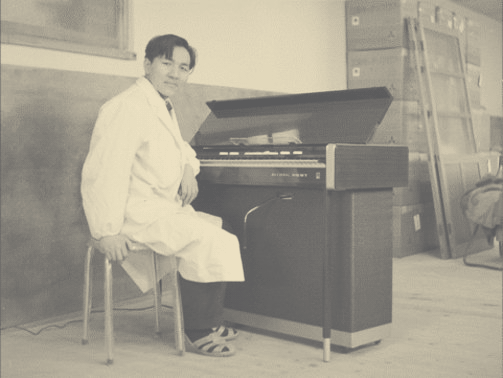
As told in the 2015, Alexander Dunn directed, documentary 808 (You Know Films/Atlantic Films) the 808 had a big impact on hip-hop’s early years. Afrika Bambaataa and the Soul Sonic Force’s 1982 song “Planet Rock,” produced by Arthur Baker, used the 808 to unforgettable effect, marking a key moment in the 808’s eventual rise. But the 808 wasn’t an overnight commercial success…
Created in Japan by the late Roland founder Ikutaro Kakehashi and his team, the 808 didn’t meet initial expectations. Ultimately, the machine was made for just three years until 1983 and only 12,000 808s were ever produced.
“Everything was ‘wrong’ with the 808,” the film’s producer Alex Noyer explains about the rhythm box’s release. “It was destined for failure. It didn’t sound right, it didn’t sound like a drum, two 808s didn’t sound alike. All the critics [called it] a complete UFO of studio equipment. It’s important that it became this iconic instrument. It’s a beautiful underdog story, which to me, is what the music industry is all about. Because no artist really starts as a superstar.”
Over the years the 808 went on to influence genres like house, techno, drum ‘n’ bass, electro, Miami Bass, as well as R&B, pop, rock, trap… the list goes on.

Everything was ‘wrong’ with the 808. It was destined for failure. It didn’t sound right, it didn’t sound like a drum, two 808s didn’t sound alike.
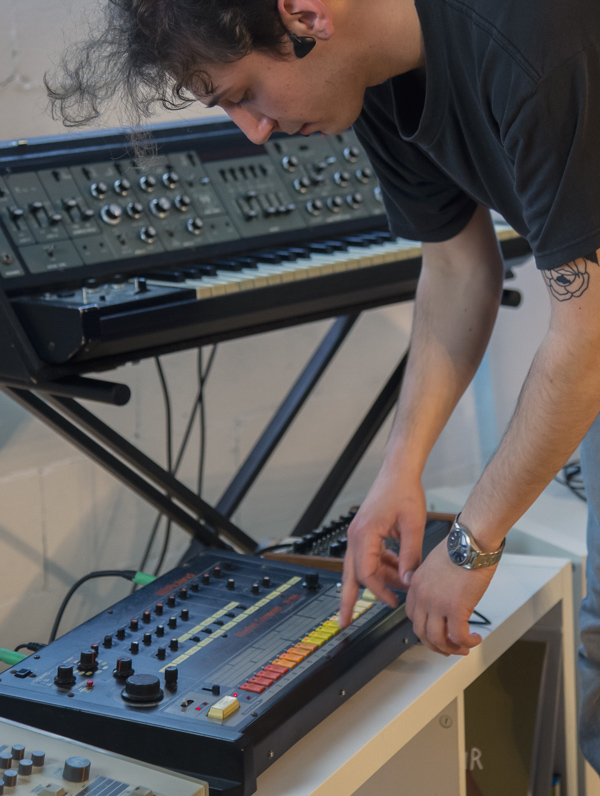
A Drum Discovered
The love people have for the 808, and the fact that so many still use its sounds today, stems from the curiosity and creativity that’s pushed music production forwards for decades. The 808 is a classic example of the gold that simply needs the right eye and ear to be discovered.
“If you think about early synthesizers from an engineering point of view, a lot of people were trying to sound as realistic as possible,” says Matthew Salaciak, co-founder of the Temple record label and avid synth enthusiast. “Mainly the goal was, ‘I’m going to make a synth that can make the sound of a clarinet, can make the sound of a sax, can make the sound of a trumpet; it was all about synthesizing a realistic sound…”
“[The 808] sounded synthesized, too much like a rhythm box. But in the end, those are the sounds that we love and associate with electronic music. It just sounded so beautiful and sat beautifully in mixes. That’s what attracted me to it. I feel like I’m playing not just a drum machine, I’m playing a synth.”
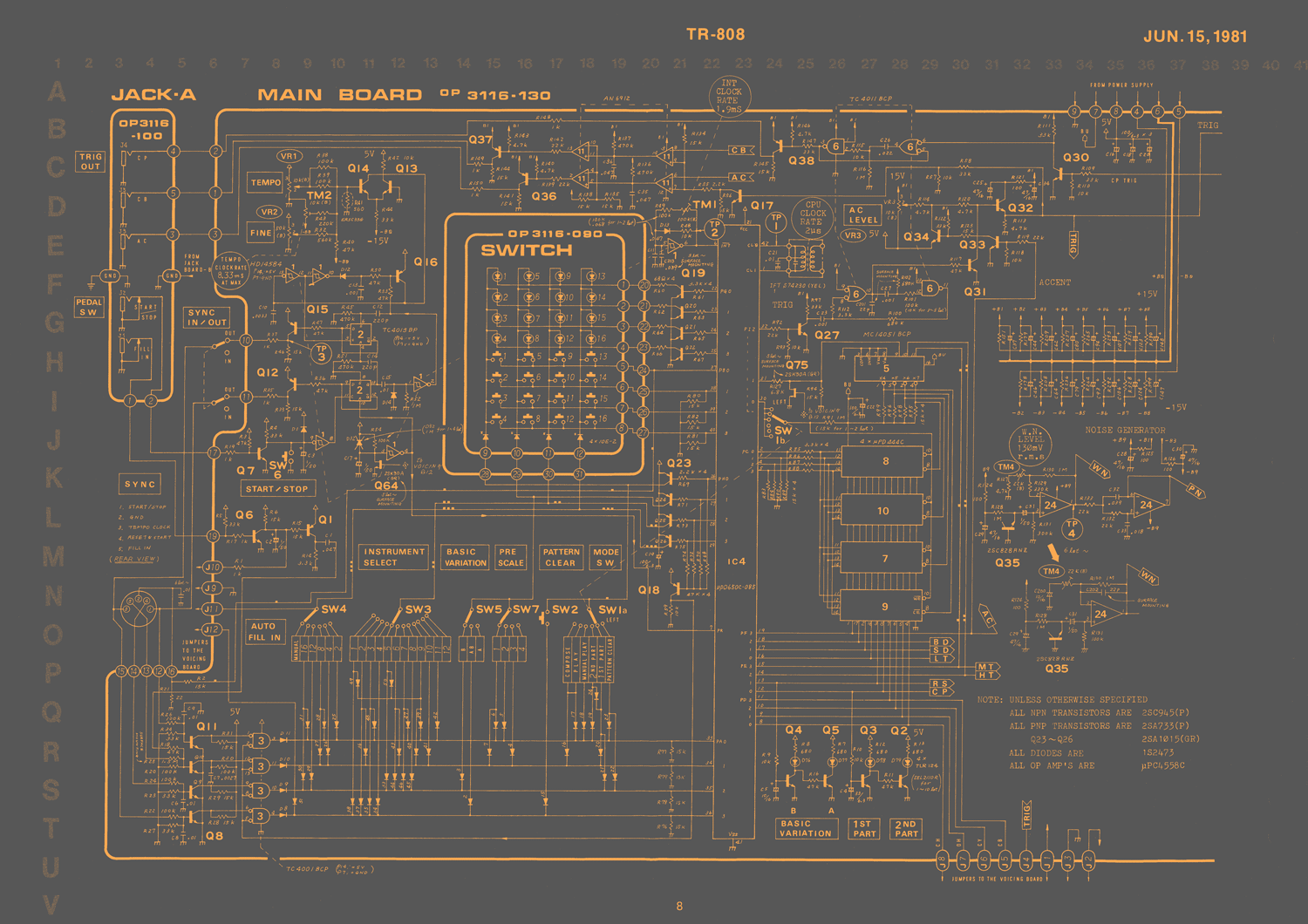
Sounds From Within
The 808’s analog sounds include cowbell, claves, clap, rim shot, toms, maraca, congas, cymbal, hi-hats, and of course the bass drum and snare drum…
“It’s like a giant sweet spot, it can’t sound bad,” says Salaciak about the 808’s kick drum. “You can make it sound super clicky or super bassy, and that’s so insane because you have very little control on what you can manipulate. Those two knobs; the tone and decay, shaped and created so many things in music.”
“The snare has this snappiness to it that sounds like someone’s ripping a piece of paper. It doesn’t sound much like a snare drum, but if you think of an electronic, synthesized idea of a snare drum, this sounds exactly like it… The hi-hat has this beautiful sizzly sound that’s so metallic. Again, it doesn’t really sound like a hi-hat but it fits perfectly.”
The Perfect Workflow
The 808 not only provides the backing beat for your tracks, it keeps them in time as well; A brain for your whole studio… In pre-MIDI production the 808 still gave producers the flexibility to link several instruments.
“The most important thing with these electronic instruments was the ability to communicate with each other in a studio setting,” Salaciak explains. “What made the 808 so incredible in the time of pre-MIDI is that it gave whoever who was using it the flexibility of having three trigger outs to clock sequencers and gate synths… I find that was a big influence on synth pop, cold wave, dark wave, and minimal synth music. It allowed people to connect their drums to their synths and create amazing, syncopated basslines and sequences. Which led to lot of amazing music; Like Human League or Depeche Mode’s second album A Broken Frame…”
Programming an 808 on its own is enough to create a standalone symphony.
https://www.youtube.com/watch?v=6TYsOMYaz6E
Pure 808
Of course the 808 doesn’t need accompaniment to shine. Programming an 808 on its own is enough to create a standalone symphony.
Also in Noyer’s film, Richie Hawtin discusses the 808’s intuitive workflow: “Probably my most beautiful moment with an 808 was going back at 8AM on a Sunday morning after listening to Derrick May play in Detroit, and turning on my 808, and making a whole song out of it… trying to make an intense, rhythmic piece out of one machine. In actual fact it became one of my biggest songs; it was Plastikman ‘Spastik,’ which was pure 808.”
808 hits
What tracks defined the 808 early on? It’s hard to say, but Noyer suggests: “From the [songs] we collected, so many are incredibly important, but if someone were to ask me to pick 3 that the 808 was about, OK: “Planet Rock.” It’s the birth of hip-hop and electronic music. “Sexual Healing” by Marvin Gaye, and “Paul Revere” by the Beastie Boys because it’s iconic, and how you can mess with the 808 to that level is incredible”

Tweaking Into Tomorrow
The 808’s pastiche of sounds were eventually twisted, delayed, phased and tweaked so hard, it’s taken on a cyberlife of its own.
“Even through all the reshaping of the ways we use instruments; computers, cloud platforms… people look for the 808 as an 808. It’s incredible that it’s not just, ‘I need a kick drum,’ but ‘I need an 808 kick drum,’” Noyer says. “People are so passionate about those specificities. The way the 808 lived on beyond its limited run was the use of samplers and all the digital technology that allowed it to live on in sound libraries,” he says. “But from the kick drum to the snare to the rim, all those sounds still sound as peculiar today as they did then. There’s libraries and libraries of those sounds, but those true 808 sounds cannot be beat. The emergence of trap was a testament to that, because there’s such a use of raw 808 and I found that very exciting.”
“It’s transgenre,” Salaciak says. “The basic sound set of the 808 is so perfect that it finds its way into many types of music. It’s fascinating how artists found another way to evolve the sounds so they’re still relevant today. ”For example, with samplers and computers, artists take the sounds of the 808 and manipulate them beyond what the original 808 machine can do, while still keeping the 808 identity. You can’t change the pitch of the snare or bass sound on an actual 808, but in a sampler or computer, you can.”
It’s like a giant sweet spot, it can’t sound bad.

Photo: Will Bremridge
More Than Machine
The loving relationship so many artists have with the 808 is special: “There were a few really gobsmacked moments when you’re talking to musical legends and they tell you about a machine as if it was a member of their family,” says Noyer about 808’s 57 interviews, including Pharrell WIlliams, Phil Collins, Questlove, Goldie, Rick Rubin, and countless more.
“Bear in mind its short run, a lot of artists never really had the experience of using the machine because by then it was integrated into so many other things. For anybody who’s not dependent on the machine, it’s very easy to capitalize on the sound without having to use the interface. With that in mind, we had real childlike reactions. These moments are special… I remember we handed my 808 to David Guetta, he kept it on his knee the whole interview. He was cuddling it. It was interesting, because it’s a rare thing to get your hands on one.”